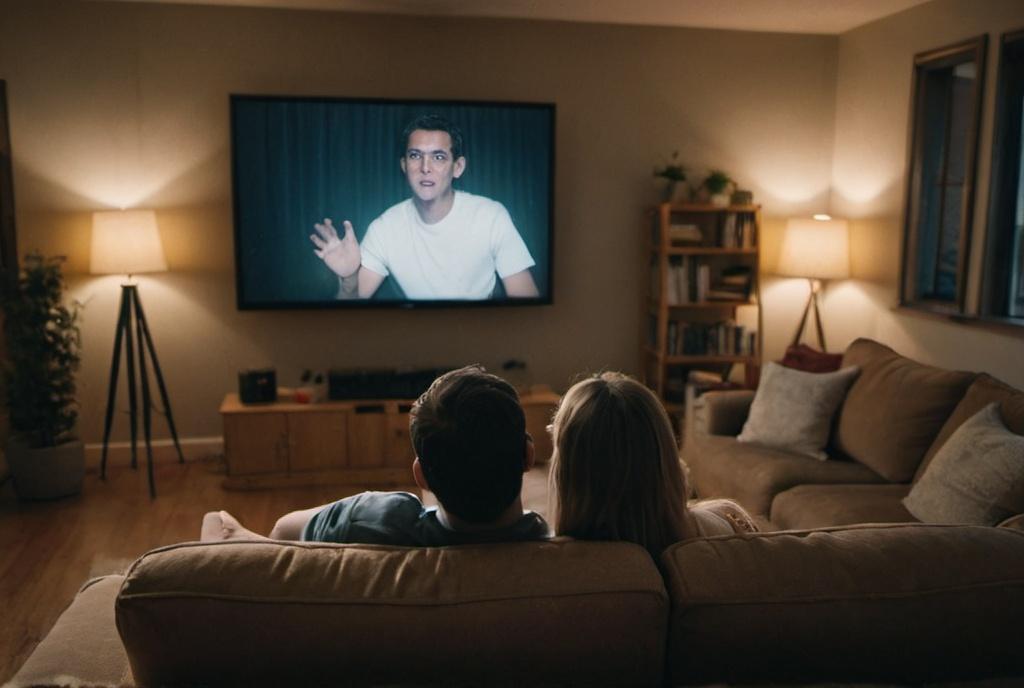
Key Take Aways About composition in cinematography
- Composition significantly affects a film’s narrative and financial outcomes.
- Intricate shots require expensive resources but can attract larger audiences.
- The golden ratio enhances visual appeal; however, it increases costs.
- Proper color schemes evoke emotional connections, impacting revenue.
- Black-and-white films are cheaper but target niche markets; color films reach broader audiences and may yield higher returns.
- Investing in new cinematography techniques presents opportunities and risks.
- Investors should consider composition’s financial impact in film success.

Lighting Up the Screen: Composition’s Financial Footprint
The magic of cinema isn’t just in the storylines or special effects. It’s deeply rooted in how directors frame the shot. Composition in cinematography shapes not only the narrative but also the financial pulse of the film. You might not think it, but the way a scene is set up could influence how much bang a movie gets for its buck.
Framing the Scene: Dollars and Sense
Lighting and composition are two sides of the same coin—a coin that can be quite costly. Dynamic shots, those visually appealing ones, often require significant resources. From hiring top-notch directors of photography to the technology needed for vibrant visuals, the more intricate the scene, the higher the bill. Productions that use complex compositions might find themselves shelling out more cash for advanced equipment and talent. In some cases, though, the payoff is a more captivating picture that potentially draws in a larger audience—and, in turn, more revenue.
While well-executed shots can elevate a film, financial folks in the studio will always keep a watchful eye to ensure the visual budget doesn’t eat into profits.
The Golden Ratio: Not Just Nerdy Math
Forget everything you learned in high school math class. The golden ratio is where art and arithmetic shake hands. In cinema, it’s a composition technique that’s believed to create a naturally pleasing balance in a frame. Using the golden ratio can lead to more visually attractive scenes, possibly tickling viewers’ fancy and leading to glowing reviews. But let’s be real, using such techniques doesn’t come cheap. Bringing a touch of golden ratio glamour means more meticulous planning which translates to higher expenses.
The Credit Roll: An Investor’s Angle
Investing in a film is kind of like going to Vegas. The house usually wins, but every so often, someone strikes gold. Production companies carefully balance risk and reward, and composition plays a part in that gamble. A well-composed film can garner strong critical acclaim, boosting box office numbers and investor returns. Conversely, heavy investment in high-tech cinematography without a solid story can lead to financial flops.
Color Schemes and Cash Flow
Color isn’t just aesthetic; it’s psychology, too. The right palette can evoke the emotions needed to connect with an audience. Investing in the perfect color scheme might involve post-production work, from color grading to special effects. Though these expenses can add up, they do more than just make things pretty. When done right, they guide viewers through the story, making them more likely to shout about it from the rooftops—or at least buy a ticket.
Black and White versus Technicolor Splendor
There’s still a market for black-and-white flicks. They tend to be cheaper to produce but often attract a niche audience. On the flip side, vibrant color films generally cost more to make and distribute. Yet, there’s potential for a higher return, as they appeal to broader audiences.
Wide Angle on Future Investments
The film industry is always evolving, and cinematography is no exception. New tech and techniques emerge regularly, bringing fresh opportunities—but also fresh costs. For investors considering a stake in production, understanding the financial impact of composition trends is crucial. The right investment in innovative cinematography has the chance to deliver poor box-office results or skyrocket a film to the top of the charts.
Keeping the Camera Rolling
So what’s the takeaway for investors? While cinematography might not be the most obvious concern, it affects the bottom line more than you’d guess. Combine savvy investing with a keen eye for innovative composition, and you’re on a path that could lead to hefty returns.
Understanding the links between cinematography and finance shapes one’s approach to film investment. Beyond star power and plotlines, look to the composition as a subtle yet powerful influence on a film’s financial success.



